1. Honey and Cinnamon for Everything

For centuries, people have believed in the powerful combination of honey and cinnamon to cure everything from the common cold to arthritis. Ancient Egyptians used it in their medical treatments, and it was passed down through various cultures as a potent healing duo. The antimicrobial properties of honey, paired with the anti-inflammatory benefits of cinnamon, made it a go-to remedy. Many cultures still swear by it today, using it to treat skin conditions, improve digestion, and even ease toothaches shares Healthline.
Whether you take it as a warm tea or apply it topically, the mixture is said to soothe and heal. Some proponents believe it can even boost your immune system and help with weight loss. While modern science continues to explore the benefits, this natural remedy remains beloved in many households around the world. It’s a perfect example of how ancient wisdom continues to influence our health practices today adds Verywell Health.
2. Apple Cider Vinegar for Digestive Health

Apple cider vinegar (ACV) has been a staple in home remedies for generations, especially for digestive issues. The idea behind it is simple: the acidic nature of vinegar helps to balance the pH levels in your stomach, aiding in digestion. Ancient cultures, from the Babylonians to the Greeks, relied on vinegar for a wide range of ailments, including indigestion and blood sugar control. Some even claim it can help detoxify the body and reduce bloating says Taste of Home.
While modern research is still investigating the full range of ACV’s potential benefits, many people continue to use it daily as part of their health routines. A tablespoon in a glass of water is the most common way to consume it. Despite its tart taste, the natural remedy has been cherished for generations as a quick fix for stomach discomfort explains WebMD.
3. Ginger for Nausea and Inflammation
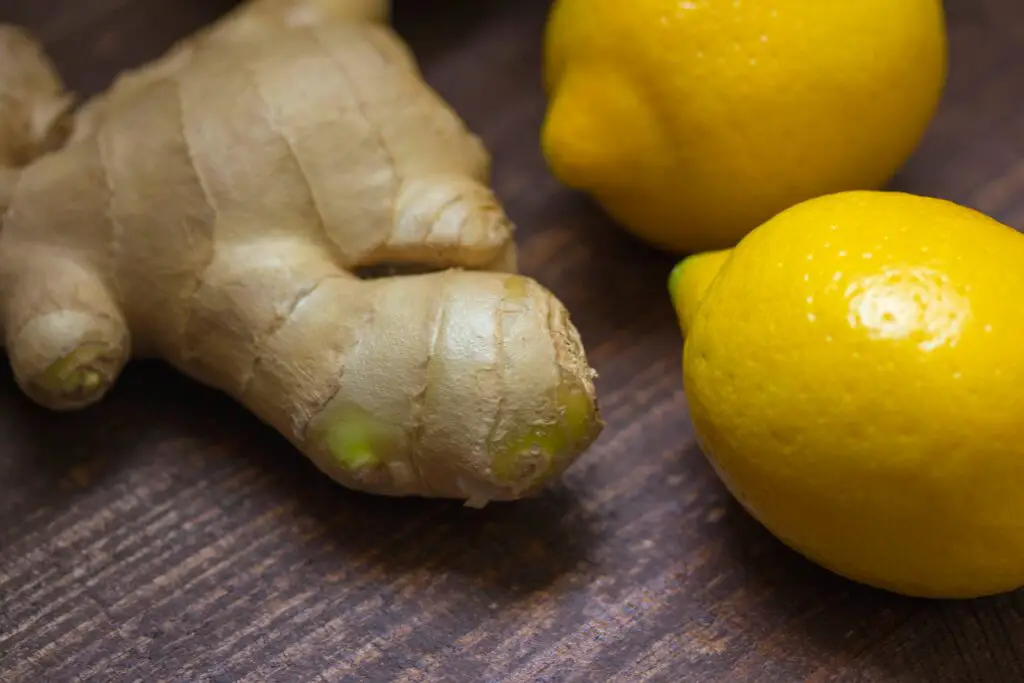
Ginger root has been used for thousands of years to treat everything from nausea to inflammation. In fact, it was one of the earliest plants mentioned in ancient Chinese medicinal texts. Cultures all over the world, from India to Greece, have relied on ginger for its powerful anti-nausea properties. It’s often used to soothe upset stomachs, ease morning sickness, and even reduce muscle soreness.
The versatility of ginger extends beyond its digestive benefits. It’s also believed to help with joint pain due to its anti-inflammatory properties. Whether consumed fresh, in tea, or as a powder, ginger remains a highly recommended remedy for both acute and chronic ailments.
4. Turmeric for Joint Pain

Turmeric has been a celebrated natural remedy for centuries, especially in South Asian and Ayurvedic medicine. The active compound in turmeric, curcumin, is known for its potent anti-inflammatory effects. Ancient texts from India and China often mention the root for its ability to alleviate joint pain and stiffness. To this day, it’s commonly used to reduce symptoms of arthritis and to improve overall joint health.
While turmeric is still largely associated with its use in food, many people turn to turmeric supplements or golden milk for its therapeutic properties. The bright yellow spice has been proven to offer natural relief, and many cultures still swear by it as a daily anti-inflammatory cure. It’s fascinating how this ancient remedy has stood the test of time.
5. Lavender for Stress Relief

Lavender has been revered for its calming properties for thousands of years. It was used by the Romans to freshen up their baths and as a soothing remedy for insomnia and anxiety. The pleasant fragrance of lavender is said to lower cortisol levels and promote relaxation. Today, it’s used in everything from essential oils to teas, and is even added to pillows to help induce sleep.
The long-standing tradition of using lavender for stress relief continues in modern wellness circles. Whether through a few drops of essential oil in a diffuser or simply a sprig of dried lavender, many find it to be a simple, yet effective remedy for tension. Its soothing nature has made it a beloved choice for anyone seeking calm in today’s busy world.
6. Echinacea for Immune Support
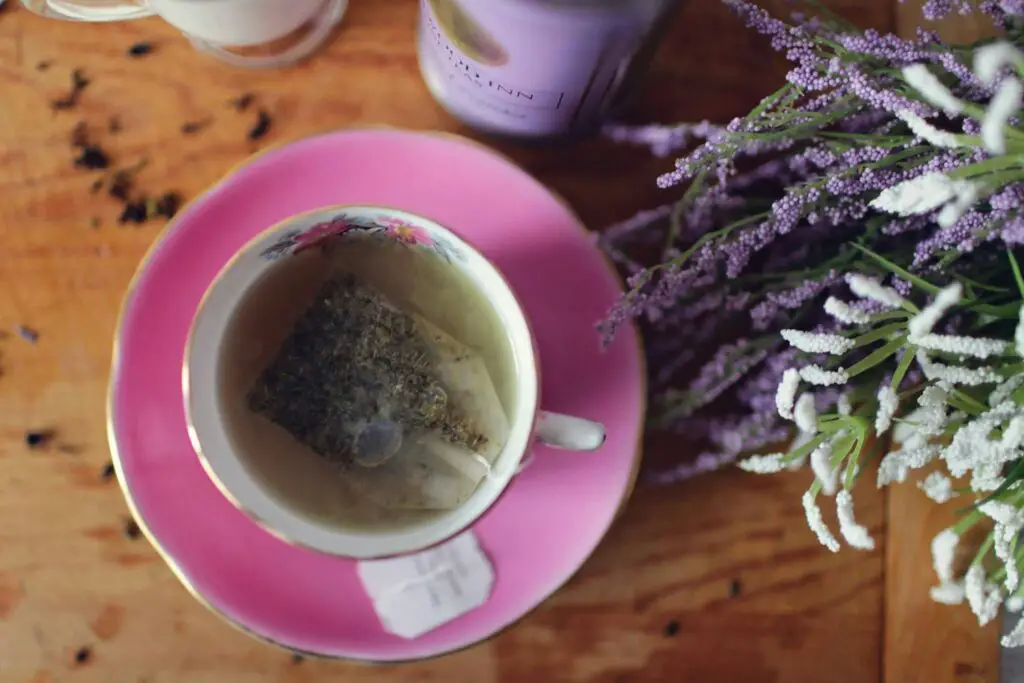
Echinacea has been a staple in traditional medicine for centuries, often touted for its ability to boost the immune system. Native American tribes used it to fight off infections, while European settlers brought the herb back to their medicine cabinets. Today, it’s one of the most popular natural remedies for cold and flu prevention. Echinacea is believed to stimulate the production of white blood cells, which are essential for fighting off pathogens.
Many people use echinacea as a preventative measure during flu season, drinking it as a tea or taking it in supplement form. While scientific research continues to examine its efficacy, it remains one of the most trusted herbal remedies in many households. The idea of turning to nature’s pharmacy has been passed down for generations through both word of mouth and written texts.
7. Garlic for Blood Pressure
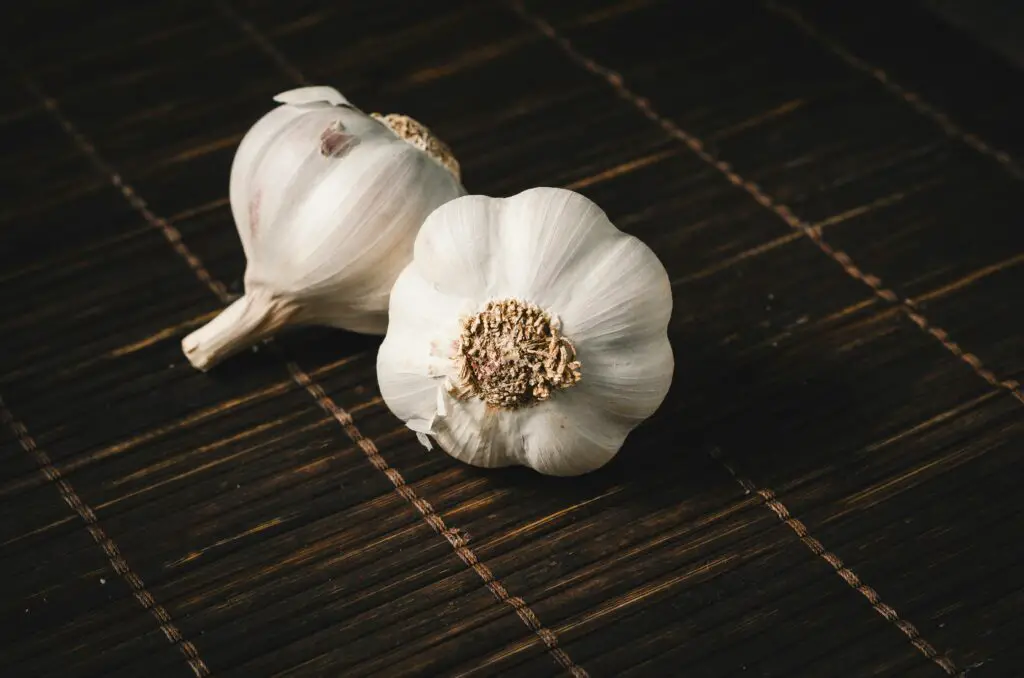
Garlic has long been revered for its medicinal properties, particularly in reducing high blood pressure. Ancient Egyptians believed garlic was a powerful remedy, and even Hippocrates, the father of modern medicine, recommended it for treating a variety of ailments. The sulfur compounds found in garlic are thought to help dilate blood vessels, thus lowering blood pressure. Many cultures still incorporate garlic into their daily diet for its cardiovascular benefits.
The use of garlic goes beyond just blood pressure control. It’s also credited with boosting the immune system and improving cholesterol levels. People continue to consume raw garlic, garlic supplements, or add it to meals as a way to keep their hearts healthy. Garlic’s continued popularity in both food and medicine speaks to its long-standing place in natural healing traditions.
8. Peppermint for Digestive Discomfort
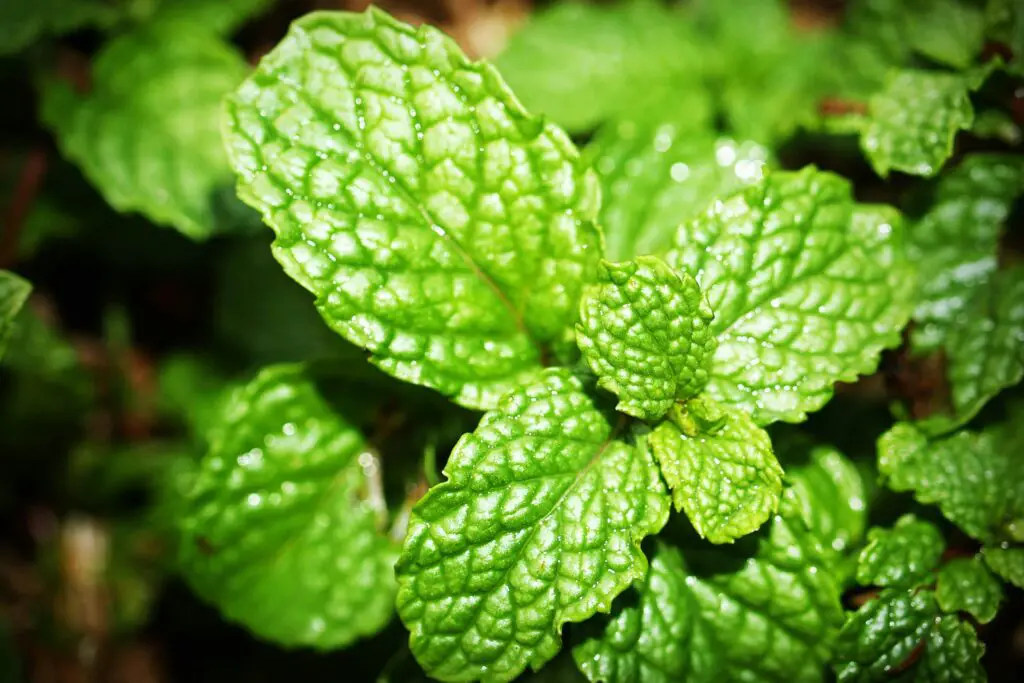
Peppermint has been a go-to remedy for digestive discomfort for centuries. The ancient Egyptians were known to use peppermint for everything from stomachaches to bad breath, while the Greeks and Romans often used it as a digestive aid. The menthol in peppermint is believed to relax the muscles of the digestive tract, helping to alleviate bloating, cramping, and nausea.
People continue to turn to peppermint tea or peppermint oil for relief from indigestion and other stomach issues. Some also use it to calm headaches, as the menthol has a cooling effect on the skin. Whether in a warm drink or a few drops of essential oil, peppermint is a natural remedy that has stood the test of time in promoting digestive health.
9. Aloe Vera for Skin Conditions

Aloe vera has been used for thousands of years for its skin-healing properties. Ancient Egyptians called it the “plant of immortality” and used it to treat wounds, burns, and even skin conditions like eczema. The gel from aloe vera is packed with vitamins and minerals that promote healing and soothe irritated skin. It’s still widely used today for everything from sunburns to acne, and it’s even found in cosmetics.
The natural, cooling properties of aloe make it an essential part of many people’s skincare routines. Whether applied directly from the plant or in a store-bought gel, it continues to be one of the most trusted natural remedies for skin issues. Aloe vera’s versatility in treating both external and internal health problems makes it a timeless remedy.
10. Willow Bark for Pain Relief

Willow bark, known for its pain-relieving properties, has been used for centuries, dating back to the time of the ancient Greeks. Hippocrates himself recommended willow bark as a remedy for pain and inflammation. The active compound, salicin, is the precursor to modern-day aspirin. Willow bark was commonly used for headaches, muscle pain, and even fevers.
Although willow bark isn’t as widely used in modern medicine due to the development of stronger medications, it remains a popular natural alternative for those seeking a gentler pain relief solution. Many people still use it in tea or capsule form to ease discomfort from conditions like arthritis. Its use over millennia shows how natural remedies evolve and continue to influence modern treatments.
11. Chamomile for Sleep
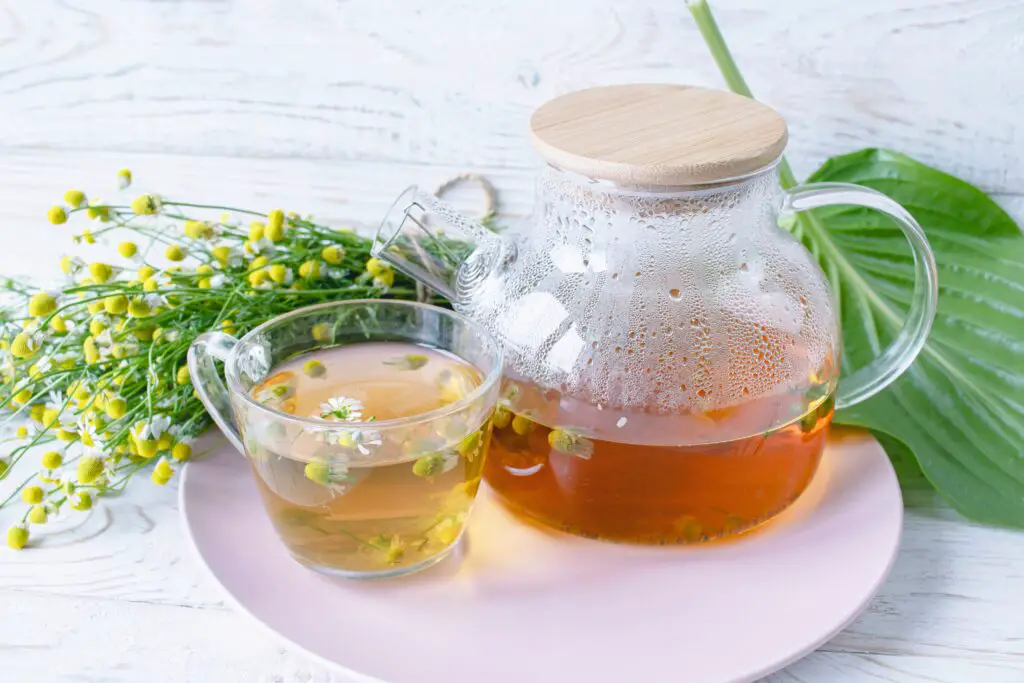
Chamomile has long been cherished for its calming effects, particularly when it comes to sleep. Ancient Egyptians, Romans, and Greeks all used chamomile to treat anxiety and insomnia. The herb is packed with antioxidants and has mild sedative properties that can help relax the body and mind. Drinking chamomile tea before bed has become a time-honored tradition for those looking to wind down after a long day.
The gentle nature of chamomile makes it one of the most widely used remedies for sleep and relaxation. It’s also praised for its ability to ease stomach discomfort and reduce stress. Whether in tea or essential oil form, chamomile continues to be a soothing option for those seeking a peaceful night’s sleep.
12. St. John’s Wort for Depression

St. John’s Wort has been used for centuries as a natural treatment for depression. Ancient Greeks and Romans used the herb to treat mental health issues, and it was considered a cure-all for emotional distress. The active compounds in St. John’s Wort are believed to increase serotonin levels in the brain, helping to alleviate symptoms of depression and anxiety.
Modern research has shown that St. John’s Wort may indeed be effective for mild to moderate depression, though it’s not without potential side effects or interactions with other medications. Despite this, the herb’s use continues to thrive in natural healing communities. For many, it remains a trusted remedy for mental health, passed down through generations as a way to improve emotional well-being.
13. Castor Oil for Hair Growth

Castor oil has been used for centuries, particularly in India, for its supposed benefits in promoting hair growth. The oil is rich in ricinoleic acid, which is believed to increase circulation to the scalp and improve hair health. Castor oil has been used as a treatment for thinning hair, dry scalp, and even dandruff. It’s often massaged directly into the scalp or mixed with other oils for a nourishing treatment.
Though modern science is still exploring its effectiveness, many swear by castor oil as a miracle worker for hair growth. It continues to be a favorite in DIY beauty routines. Despite the rise of countless other hair treatments, castor oil’s place in natural remedies remains steadfast, thanks to generations of positive experiences.
